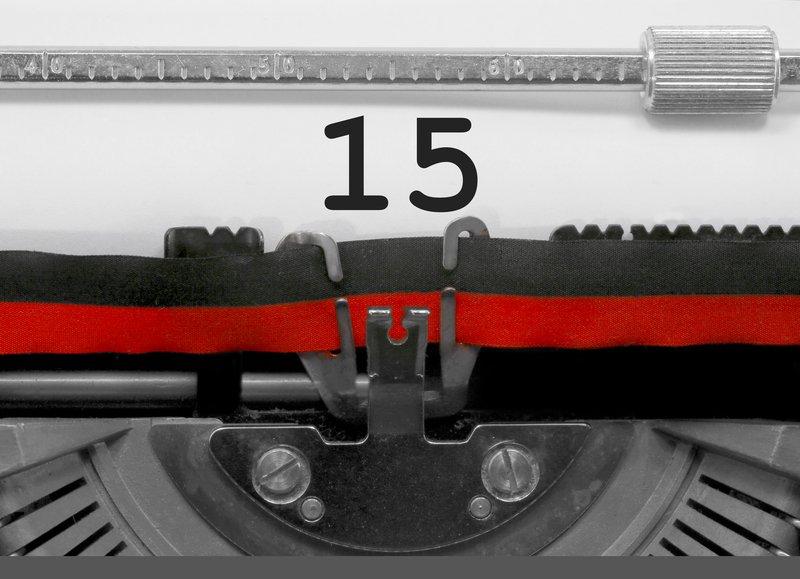If you are a limited company director, you will typically pay yourself a salary and, as a shareholder, receive profits in the form of dividends.
So, what is the most tax-efficient salary/dividend split for directors in 2025/26?
Have the tax benefits of incorporating ever been less?
Historically, working via a limited company has been a tax-efficient way to operate.
Corporation Tax rates have been low for some time, and dividends – until recently – were taxed favourably compared to employment income.
And you don’t pay National Insurance on dividends – but you do on a salary.
However, the tax gap between a limited company owner and a traditional employee has shrunk considerably over the past ten years.
The April 2016 dividend tax hike and 2023’s Corporation Tax rise have cost a typical company director thousands in extra tax each year.
Salary + Dividends
So, as a director, it is more prudent than ever to find the most tax-efficient way to remunerate yourself.
The optimum way to draw down funds from your company is:
- A small tax-efficient salary, which minimises exposure to income tax and National Insurance Contributions.
- The remainder of funds as dividends – with an eye on the higher rate dividend tax band.
Your salary is also deductible against your company’s Corporation Tax bill.
How to set your salary level for 2025/26
There are several factors to bear in mind when working out the optimal salary level:
Income Tax
- Most people can use their tax-free Personal Allowance. No income tax is payable below £12,570 per year.
- Thereafter, the basic rate of income tax is 20% from £12,570 to £50,270.
- The 40% higher rate is from £50,270 to £125,140.
- The 45% additional rate applies to income above £125,140 per year.
Employees’ NICs
The starting rate (Primary Threshold) is aligned with the Personal Allowance at £12,570 per year.
- Between £12,570 and £50,270, you pay 8% Class 1 Employees’ NICs.
- You pay 2% on earnings above £50,270 p.a.
Employers’ NICs
Employers pay Class 1 Employers’ NICs on wages above £5,000 per year @ 15%.
Free Tide Business Bank Account - £50 Cashback!

Open a free business current account to qualify + enjoy 12 months free transactions. Read our Tide review.
This is a significant change from 2024/25 when the rate was 13.8% on wages above £9,1000.
Employment Allowance
If your company is eligible, and you’re not a sole director company, the EA cancels out the first £10,500 of Employers’ NICs each year. Find out more here.
Lower Earnings Limit
You must earn above £6,500 per year (The 2025/26 LEL) to qualify for the State Pension.
What about the April 2023 Corporation tax hike?
Please note that Corporation Tax rates increased significantly in April 2023.
This means that any CT savings mentioned in the calculations below are a minimum.
Your savings could be potentially higher if your profits are over £50,000 or more p.a.
What is the optimum director’s salary for 2025/6?
Some directors pay themselves £6,500 p.a. as there is no income tax or employees’ NI.
However, there is a small amount of employers’ NI. You must earn at least this amount for a qualifying year towards the state pension.
However, the most tax-efficient salary for all directors is £12,570, assuming you have your full Personal Allowance.
The only deduction you need to make at this salary level is for Employers’ NICs.
a) Your company is eligible to claim the Employment Allowance
Your company may be eligible if you have 2+ employees (including directors). Find out more here.
You don’t have to pay the first £10,500 of Employers’ NICs. So, you will have no income tax or NICs to pay.
At £12,570, your company is £1,110.55 better off vs. a £6,500 salary per employee.
b) Your company is not eligible to claim the Employment Allowance
Sole director companies are not eligible to claim the EA, but it is still more tax efficient to pay yourself £12,570 compared to £6,500.
This is because you are saving a minimum of 19% Corporation Tax on the difference, plus at least 19% CT on the Employers’ NICs you must pay from £6,500 to £12,570.
At £12,570, you pay £1135.50 in Employers’ NICs but save at least £1,326.25 in Corporation Tax per employee.
So, your company is at least £190.75 better off vs. £6,500 per employee.
What about dividends?
Unlike your salary, NICs are not applied to dividends. Dividend tax rates have the same bands as income tax, but different tax rates for each band.
How are dividends taxed?
The first £500 of dividends are not taxed due to the Dividend Allowance.
The tax rates payable on dividends are as follows for 2024/5;
- Personal Allowance (up to £12,570) – tax-free
- Basic Rate (£12,571 to £50,270) – 8.75%
- Higher Rate (£50,271 – £125,140) – 33.75%
- Additional Rate (over £125,140) – 39.35%
Importantly, your salary (and other additional income) will use up your Personal Allowance first, before dividends are taxed.
Find out more in our dividend tax guide.
What is the best salary/dividend mix?
This depends on how much income you need to draw down from your company.
In an ideal world, if possible, you want to steer clear of the higher rate dividend tax band as dividend tax increases substantially after £50,270.
So, if you pay yourself the most tax-optimal salary of £12,570, you have a further £37,700 of dividends available before you hit the higher rate band.
If you run your limited company with your spouse, this is one of the few remaining tax planning benefits of incorporating, as you can take advantage of your basic rate bands.
Try this popular dividend tax calculator on ITContracting.com to work out your tax liability.










